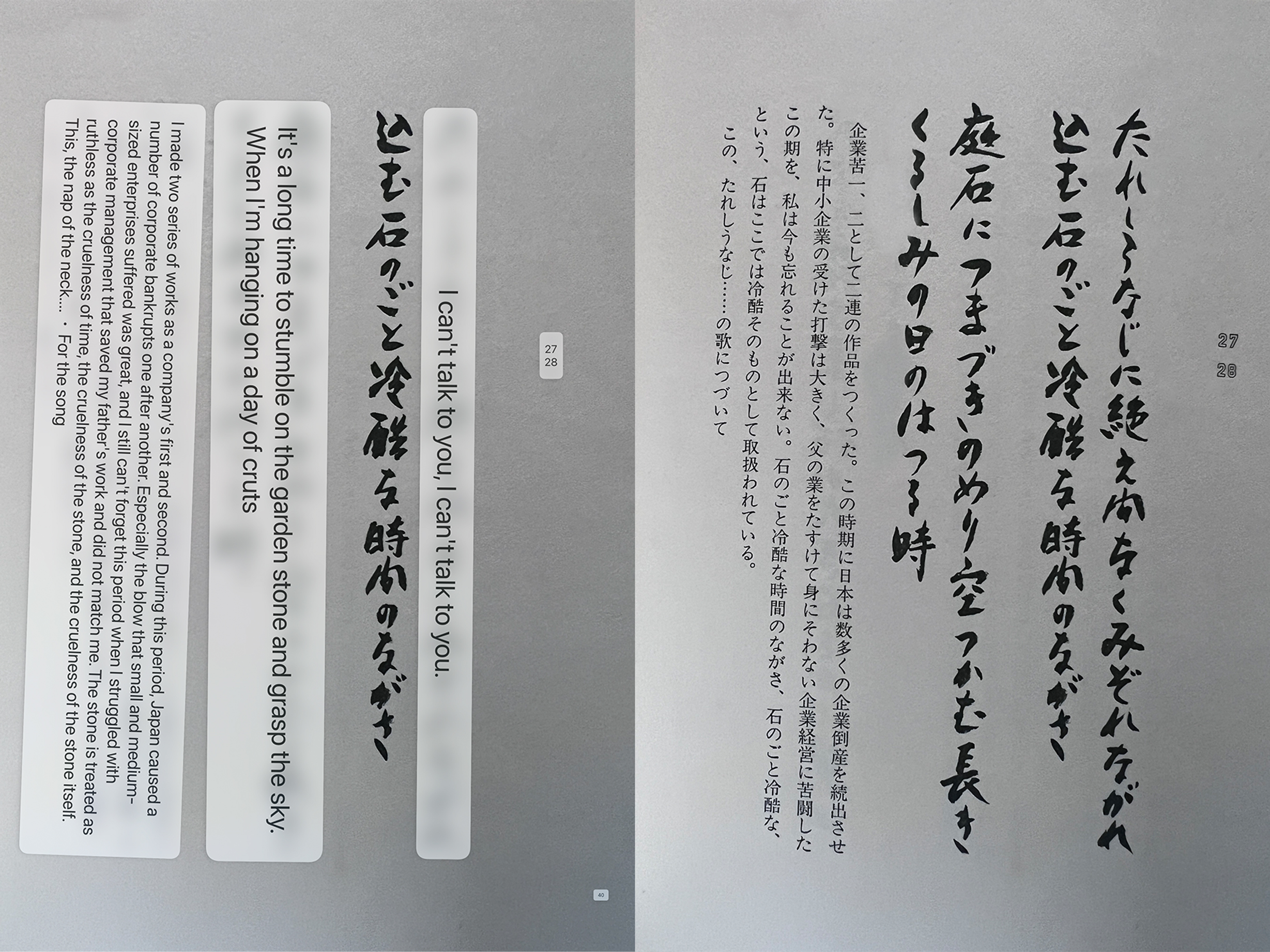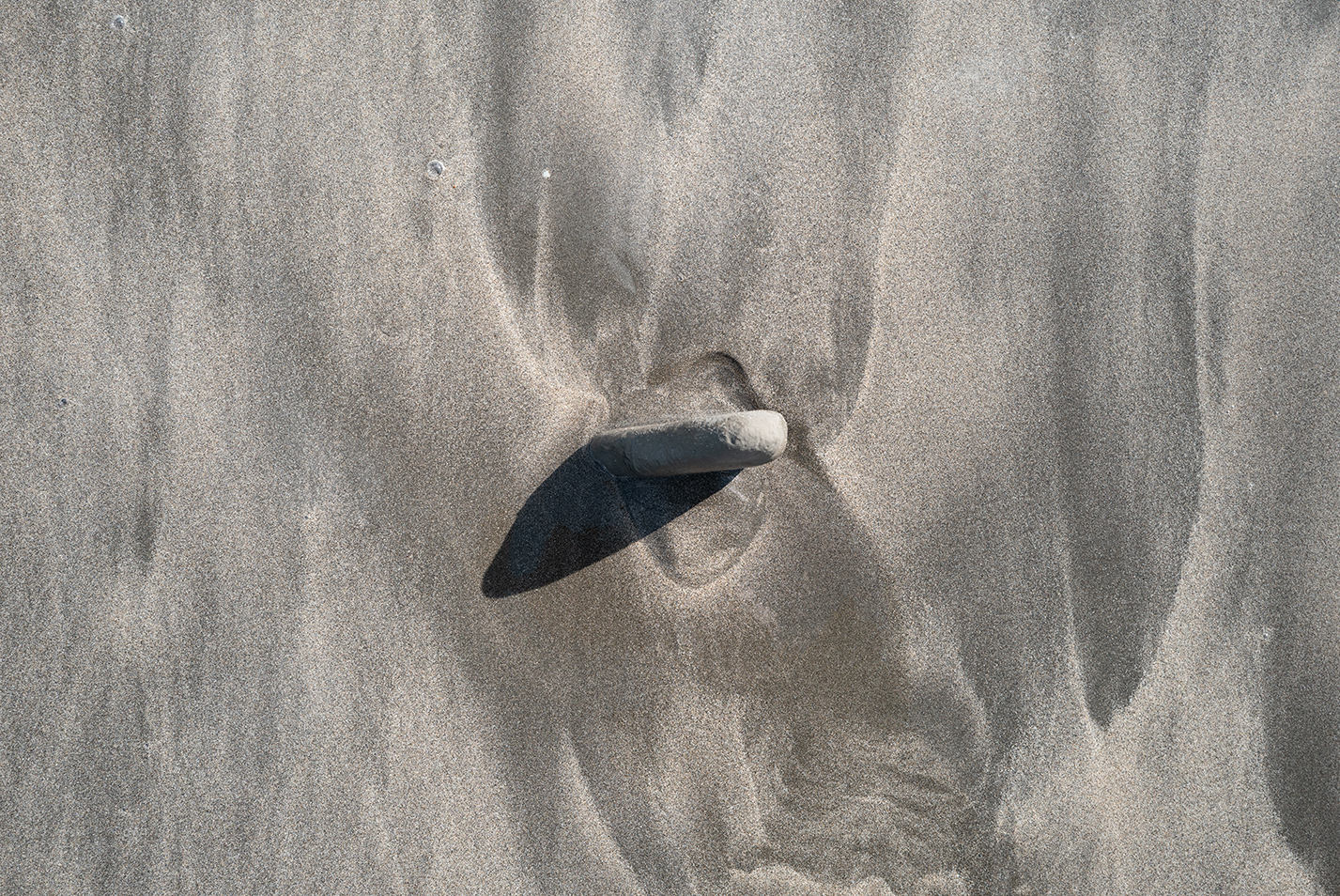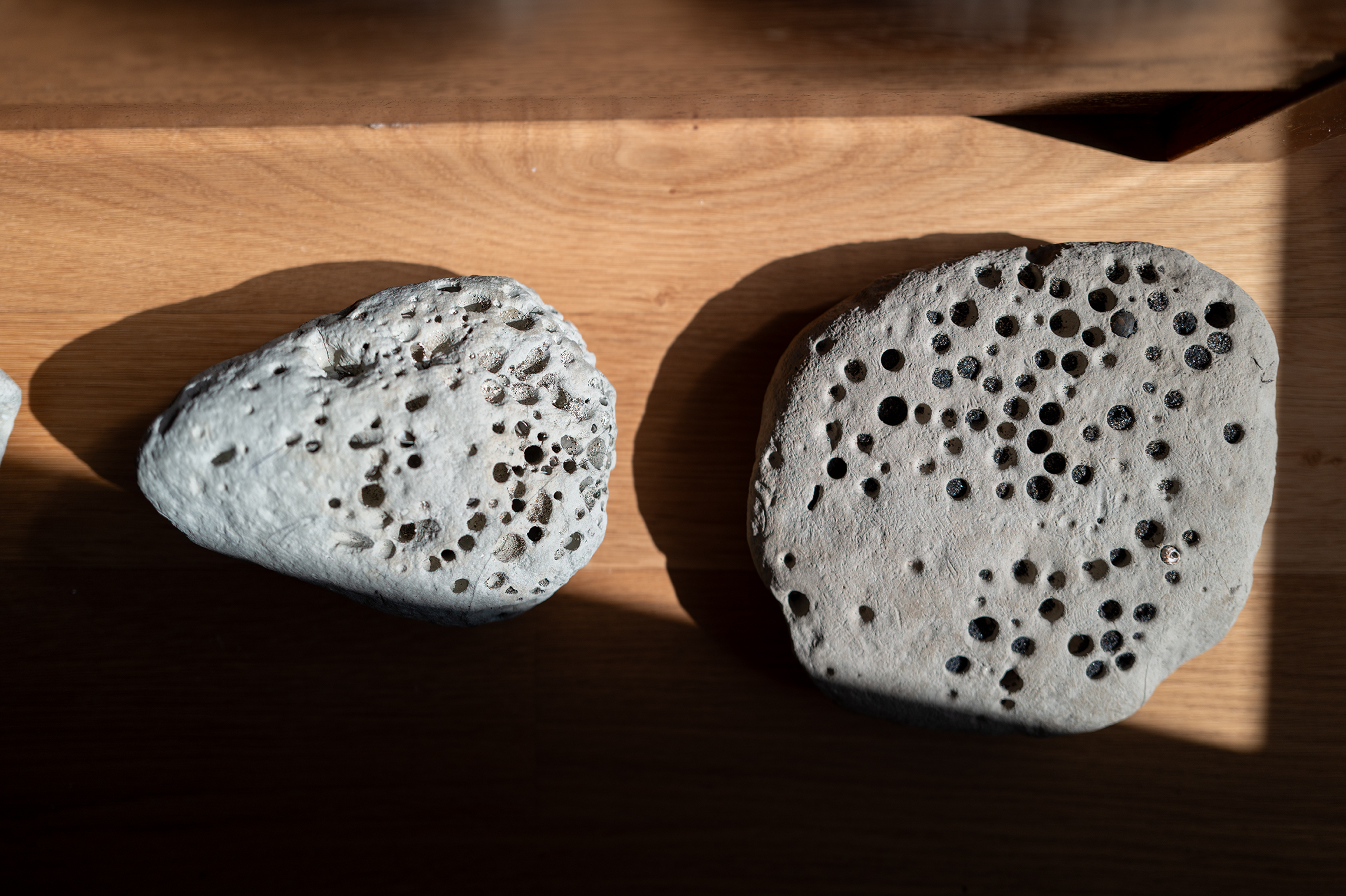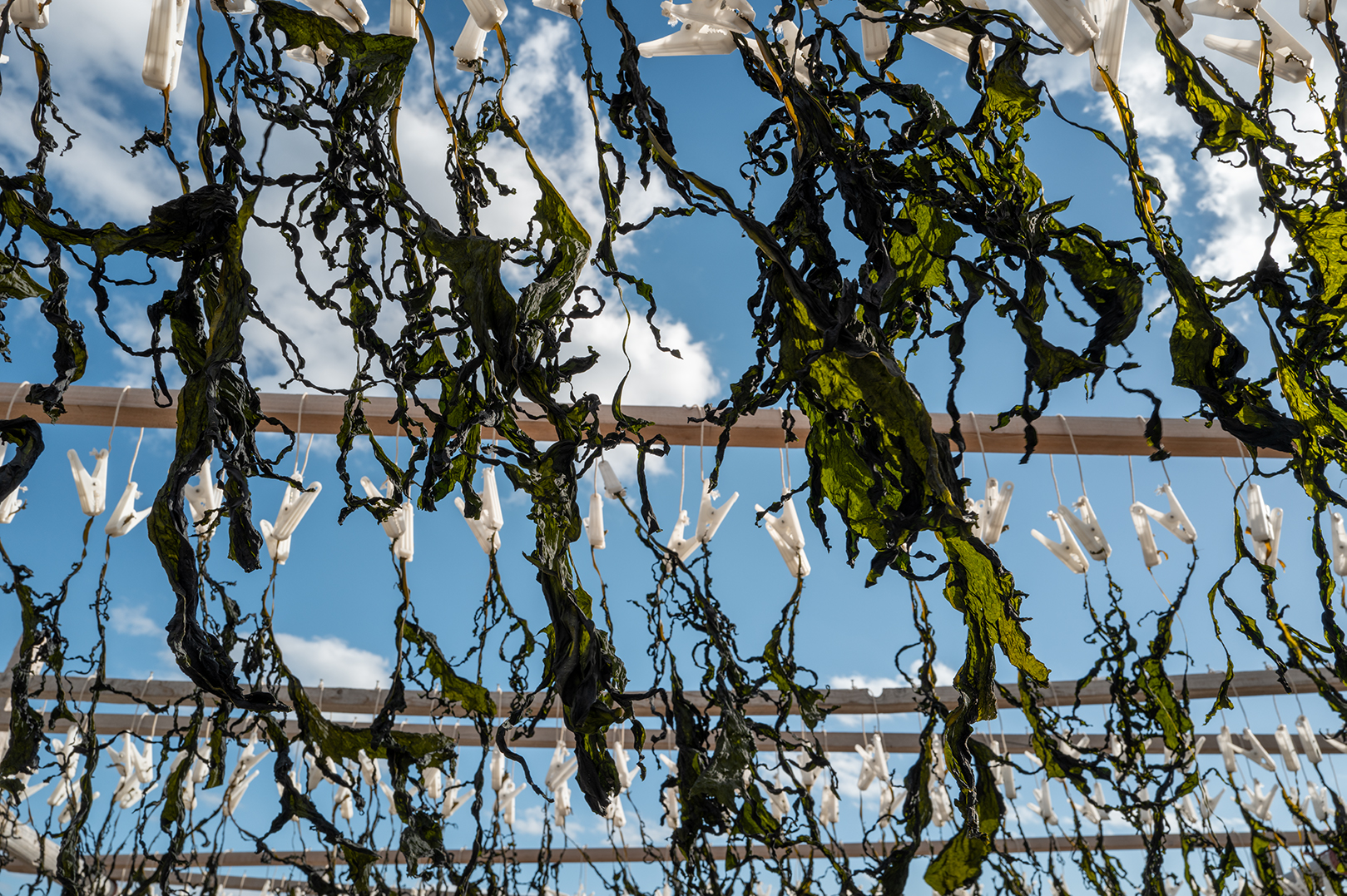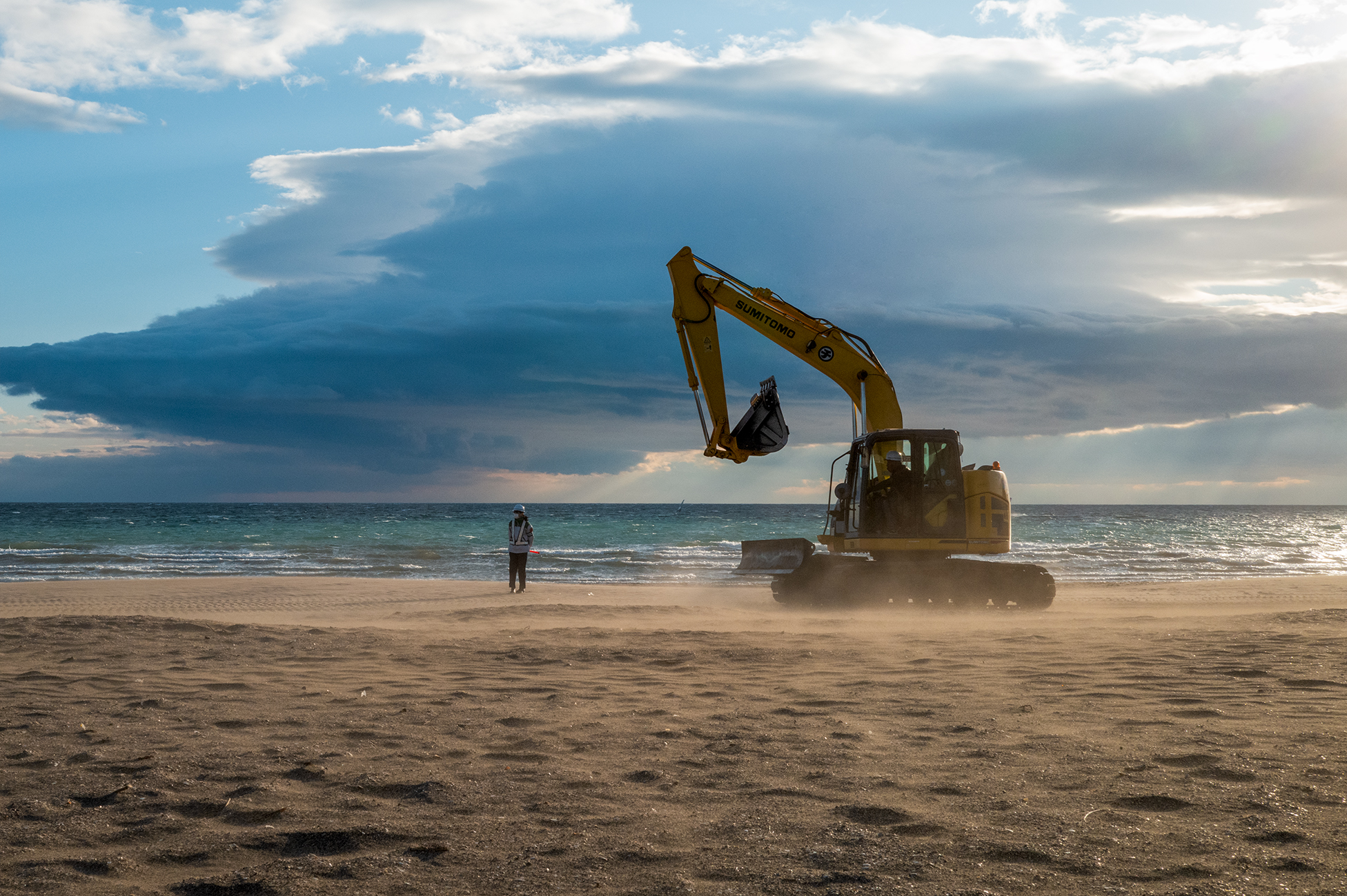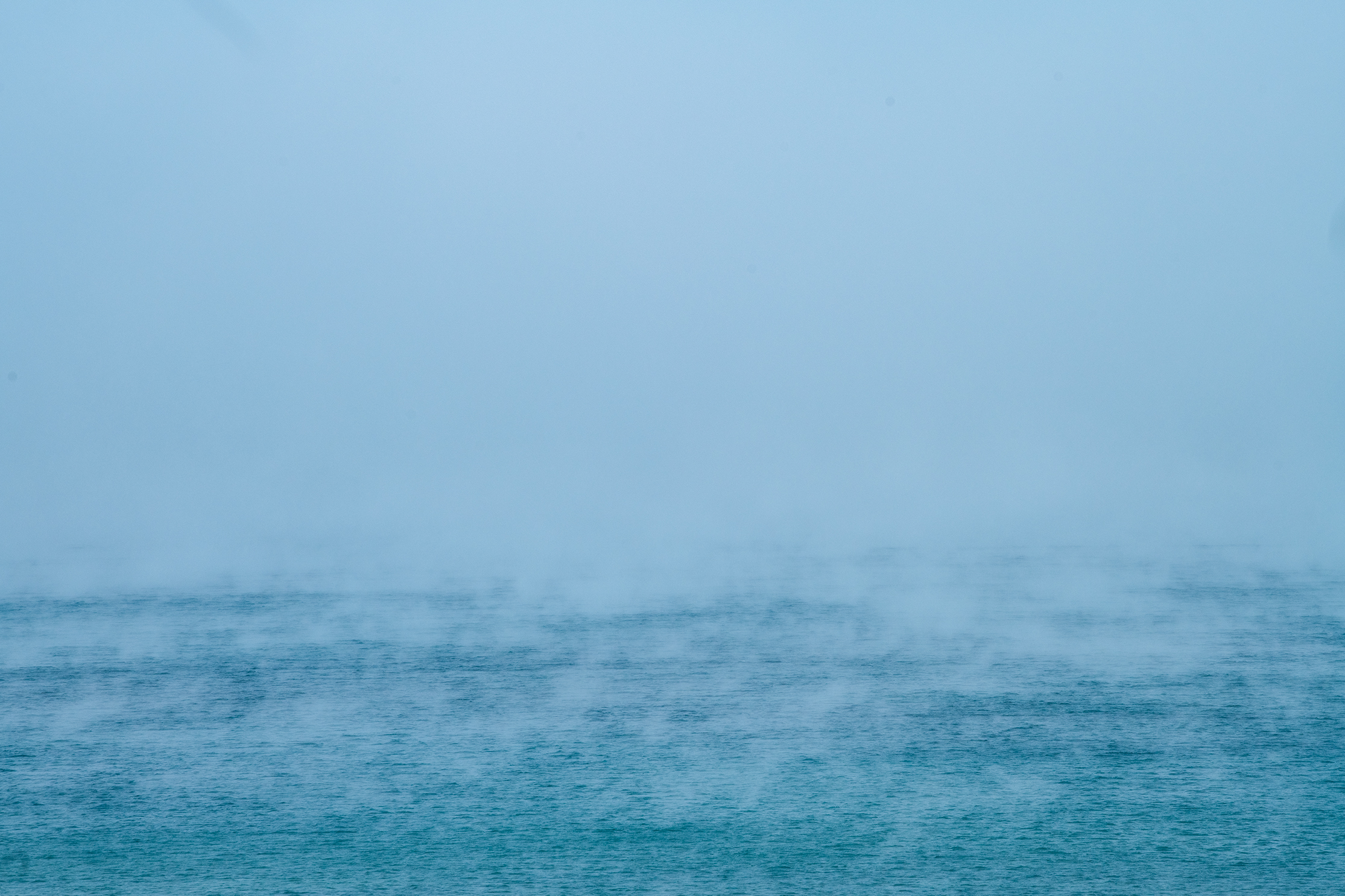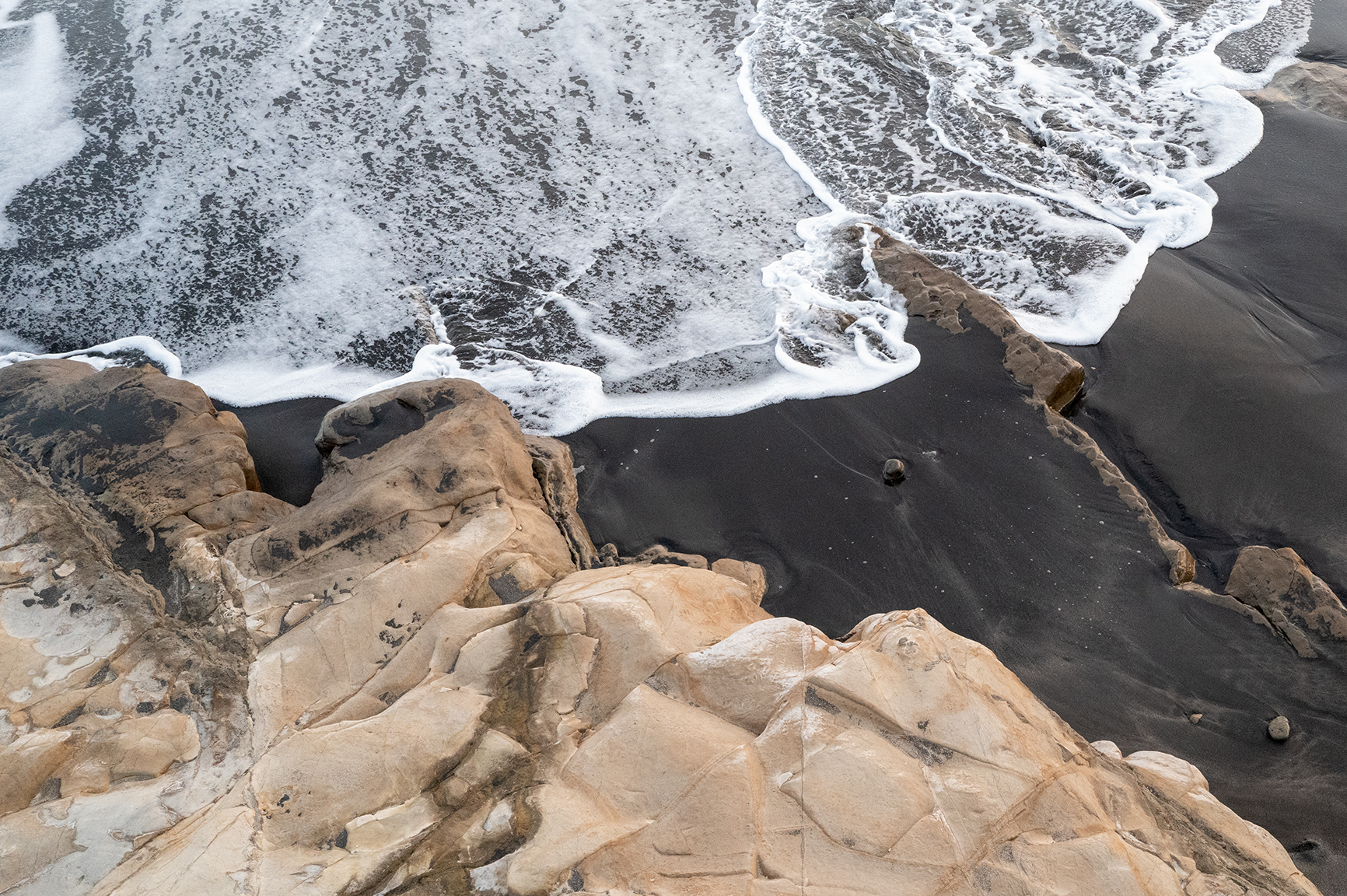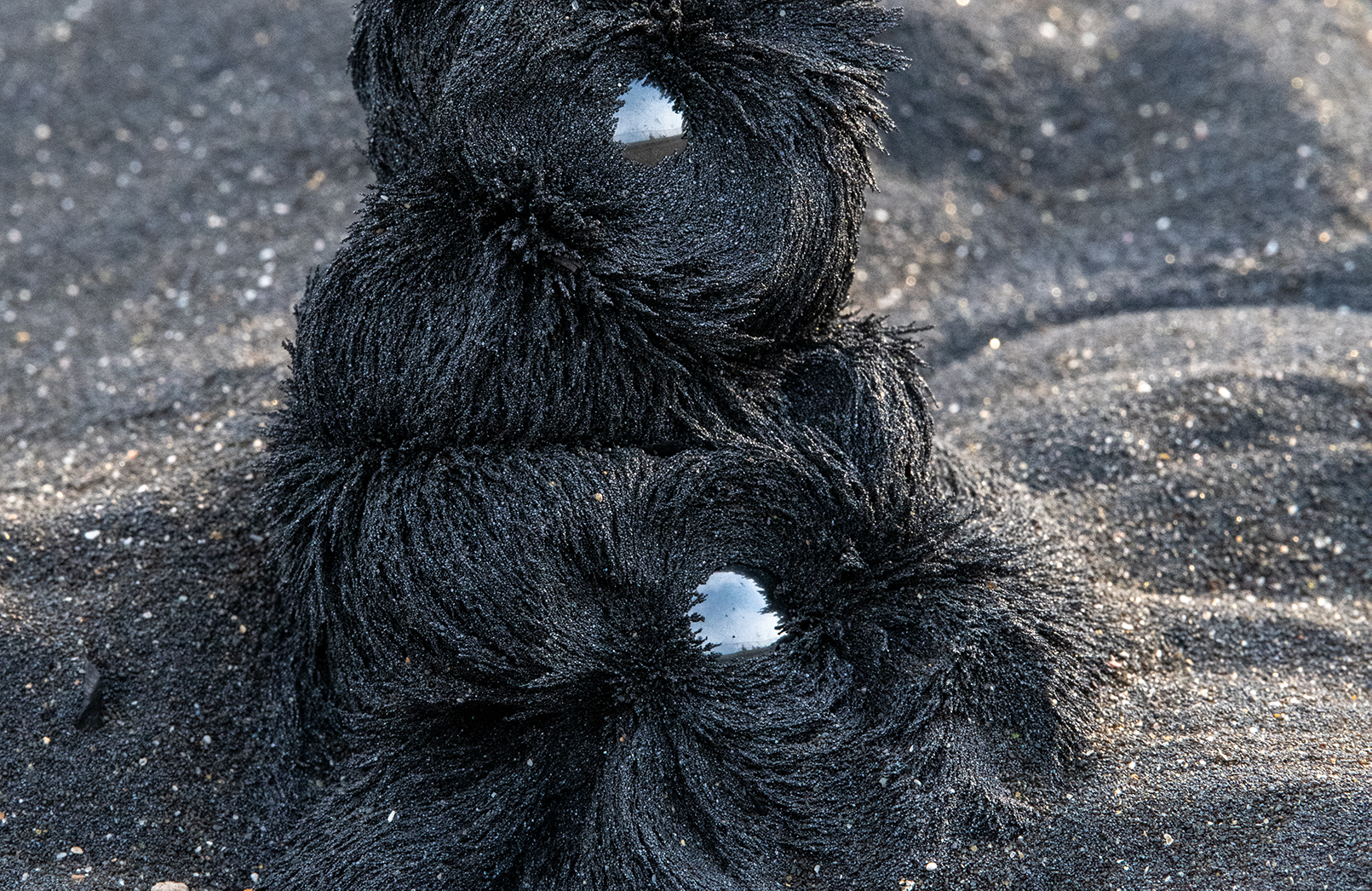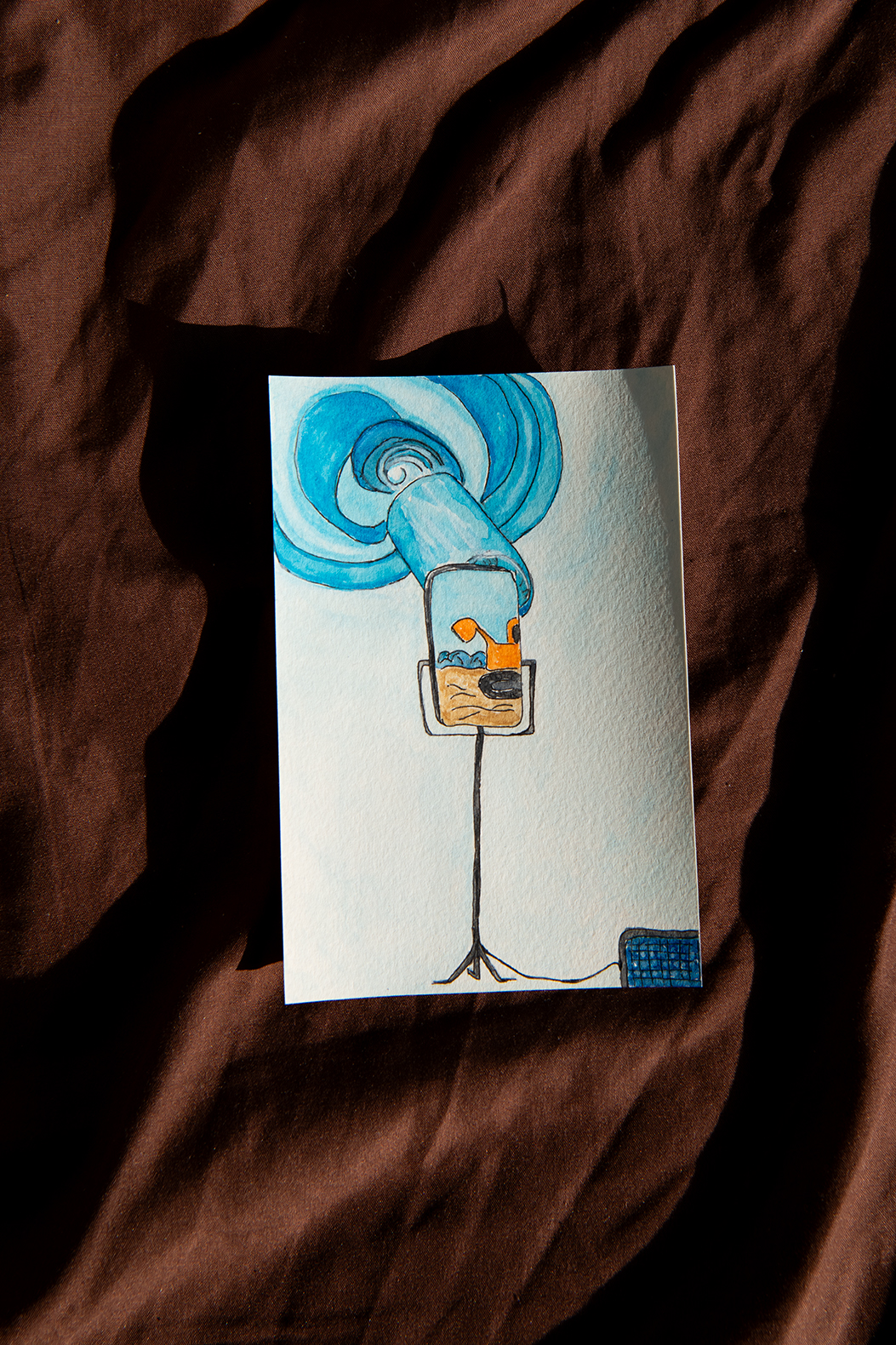Nathalie Mei
Nathalie Mei, born in Eivissa, Balearic Islands, is a conceptual artist and writer who works between Europe, the UK, and Japan.
Her artworks depict perceptual qualities of time, emotion, memory, nomadism, and territory. Through sculpting with fragile, organic materials, image-related data, texts, and sound, the artist intertwines questions around memories and biographical traces with material samples from local territories. Her works result from long durational, cyclical production processes and explore the partitioning between emotional and intellectual processes in human understanding of complex realities.
During her residency, Nathalie researches her project E.A,S.T. 08. She translates (found-) footage from Kamakura, Japan to text, photography and sound. The work refers to Emotional Archive of Spaces in Time, a cluster of artworks the artist started creating in 2018. E.A.S.T. 08 | Songs of stones is an exploration of the layered relationship between human emotion, territory and the relation between visitor and local residents.
E.A.S.T. 8 | Songs of stones
Rhythms of stones.
Between gibberish, he appears. The moss of the stones keeps the light getting wet. I am wondering, what Kato would have said to this strange dialogue around his words. The stone between the poet and me is a digital vehicle, which enables me to read him. An algorithm produces copies between the lines of his poems, weaving a rhythm between human, stone, and sea. It is a Sisyphus’ head. I found Kato’s songs of stones in the library in Ba-ba’s house. My hands are tools, and my eyes are the eyes of others. Impatiently, I count on their intrinsic impulse to help me collect enough traces to navigate. Y told me, that the Kanji for song can be read as poem. A tanka is a song, which is written in the following order: 5-7-5-7-7.
Folded matter.
I find these stones, or maybe they find me. My body listens to their chanting. When I touch their surface, I extract them. I bring them home. I carry the big ones under my arm in one direction, returning later by the same way. They are light and fragile and I am afraid if I leave them, they will disappear before I find their rhythm. The ocean water keeps them cool and consistent. Their fragility seems to protect them. Some of them are tinted yellow, some pale blue, and once the sun has forced all the water out of them, they easily start to crack. It seems to be the same matter as the mountains are folded from. For two winters, I have been walking and collecting these stones.
A song of humans and stones.
The leaking sandbags, right next to the old port, where the fishermen are drying their wakame, are gone. Instead wooden planks reach vertically into the ground of the beach. Seaside-facing, their surface reads: 100. Someone decided that the sinking debris of the territory had to be elevated. Caring is a human act to reconstruct images stabilising the surroundings. We are rearranging matter inside and beyond our outer skins. Memory acts as a shepherd, guiding our inner order. We are manifesting an image we feel is worthy of protection.
With the rise in temperature, the wind comes. If I pinch my eyes, I see big human-operated machines moving in a circular rhythm, carrying sand from one side of the beach to another. A guide walks patiently alongside the machine, waving orders to its driver: Stop, start, turn. The language they share is invisible to their viewer. How long will it take until a storm big enough encourages the waves to erase the traces of their songs?
Between the rains.
It is raining again. The sound of the drops on the grass outside makes the world soft. Low light immerses the stones on the window sill in a layer of color noise. They seem ominous, a clear silver energy comes from them, deep inside. A force from the center of the stones, as Kato says. While I walk towards the coastline, I think about Kato and his spheres. The forces inside the blue stones.
The sea is pale silver. S holds an umbrella but we both get wet from snow flakes, which are settling in our noses, eyes, and on the camera lens. At hyperfocal distance, white fog steams upwards towards the horizon.
Ferromagnetism.
The sand at the beach below the lookout to Enoshima contains dispersed metal from deep under the earth’s crust. Dark, volcanic debris covers the narrow strip next to the cliff. While cooling the liquid matter, sea water crushed it to granular dust. Having adapted without reference point, the particles are permeable to matter containing traces resembling their own kind.
Lowering them to the ground, I see iron fillings climbing upwards around the spheres’ surface. By reaching up, the metal navigates this foreign matter, helping it to blend into its new environment.
©️ Nathalie Mei 2024
E.A.S.T. 8 | Songs of stones will be developed beyond the period of the residency at GlogauAIR. Nathalie is currently looking for collaborators in Japan to translate the project into sculpture and for a translator with a research field in tanka poems to reach out to support the translation of Katsumi Kato’s anthology 100 songs of stones.


